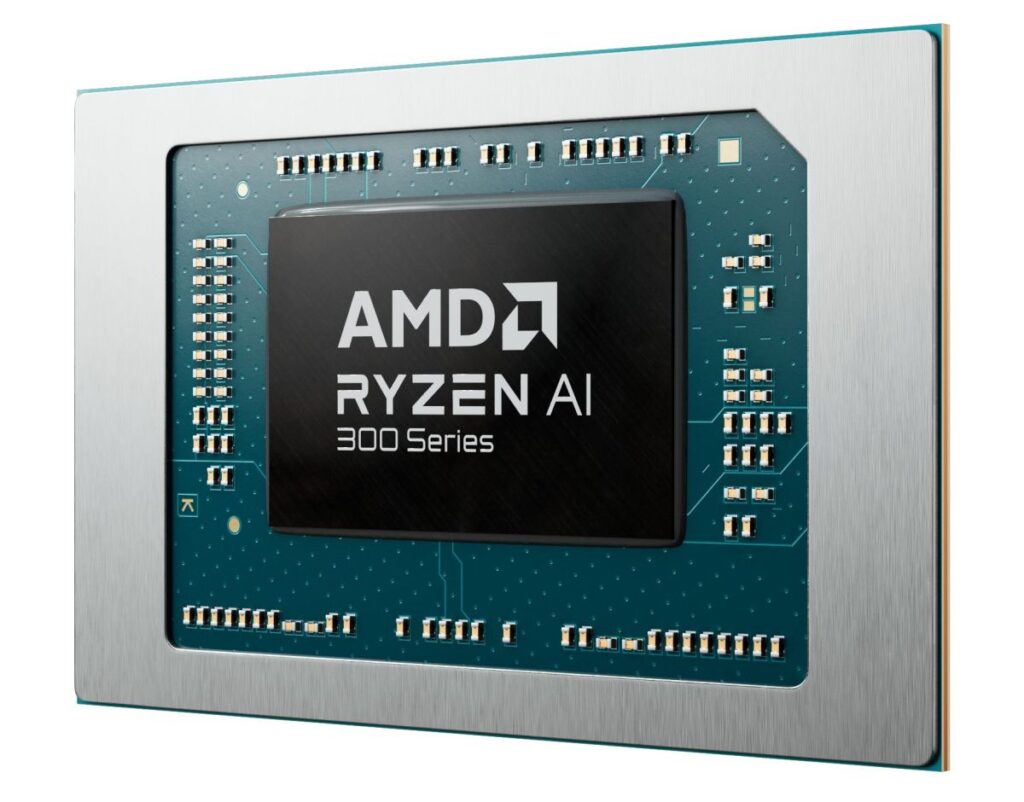Your Local SEO and Digital Marketing Experts in San Diego County
AMD’s most powerful new mobile processors are the company’s new Strix Halo chips for gaming laptops and mobile workstations and the new Z2 Extreme processor, which brings Strix Point features to handheld gaming PCs. But the company is also expanding its Ryzen AI 300 lineup with new “Kracken Point” chips for mainstream laptops and mini PCs, while also introducing a new Ryzen AI 200 series which… isn’t really all that new.
While the new Ryzen AI 7 340 and Ryzen AI 340 “Kracken Point” processors are basically pared down versions of the Strix Point chips that launched last summer, AMD’s Ryzen AI 200 series processors are basically just rebranded Ryzen 8040 Mobile “Hawk Point” chips.
The new name is basically a way to bring older chips into AMD’s current naming scheme while continuing to make these processors available for mainstream laptops that may not need the latest CPU, GPU, or NPU architecture.
So while Kracken Point, Strix Point, and Strix Halo processors all feature Zen 5 and/or Zen 5C CPU cores, RDNA 3.5 graphics, and NPUs capable of delivering up to 50 TOPS of AI performance, the Ryzen AI 200 Hawk Point chips combine Zen 4 CPU cores with RDNA 3 graphics and NPUs that top out at 16 TOPS of AI performance.
That said, these are still pretty good chips so it’s nice to see AMD keeping them around as an option for lower-cost laptops, handhelds, and mini PCs.
As for new mainstream chips, the Ryzen AI 300 “Kracken Point” family of processors feature up to 8 CPU cores based on Zen 5 architecture, up to 8-core graphics, support for LPDDR5x-8000 or DDR5-5600 memory, and support for TDPs that can be configured as low as 15 watts or as high as 54 watts.
| Ryzen AI 300 “Kracken Point” | ||||
| Cores / Threads | Freq | Cache | GPU | |
| AMD Ryzen AI 7 350 | 8 / 16 | Up to 5 GHz | 24MB | Radeon 860M |
| AMD Ryzen AI 7 340 | 6 / 12 | Up to 4.8 GHz | 22MB | Radeon 840M |
AMD says consumers versions of these chips will be available in the first quarter of 2025 while PRO versions for business laptops and mini PCs should hit the streets in the second quarter of the year.
The “new” Hawk Point chips, meanwhile, are expected to ship in the second quarter. Like the Ryzen 8040 series, the new processors come with up to 8 Zen 4 CPU cores and up to 12 RDNA 3 GPU cores.
Gone are the U-Series and HS-series model numbers, so you may have to look at spec sheets a little more closely to figure out which versions are designed for 15 – 30 watt operation and which are 35 – 54 watt chips. Fortunately we’ve got a cheat sheet:
| Hawk Point (2025) | ||||
| Cores / Threads | Freq | Cache | TDP | |
| Ryzen 9 270 | 8 / 16 | Up to 5.2 GHz | 24MB | 35 – 54W |
| Ryzen 7 260 | 8 / 16 | Up to 5.1 GHz | 24MB | 35 – 54W |
| Ryzen 7 250 | 8 / 16 | Up to 5.1 GHz | 24MB | 15 – 30W |
| Ryzen 5 240 | 6 / 12 | Up to 5 GHz | 22MB | 35 – 54W |
| Ryzen 5 230 | 6 / 12 | Up to 4.9 GHz | 22MB | 15 – 30W |
| Ryzen 5 220 | 6 / 12 | Up to 4.9 GHz | 22MB | 15 – 30W |
| Ryzen 3 210 | 4 / 8 | Up to 4.7 GHz | 12MB | 15 – 30W |
One thing to keep in mind about the new Ryzen AI 200 family is that not only do they not have enough AI performance to qualify for Microsoft’s Copilot+ PC certification (which requires an NPU with at least 40 TOPS of peak performance), but the Ryzen 5 220 and Ryzen 3 210 don’t even have NPUs at all.

